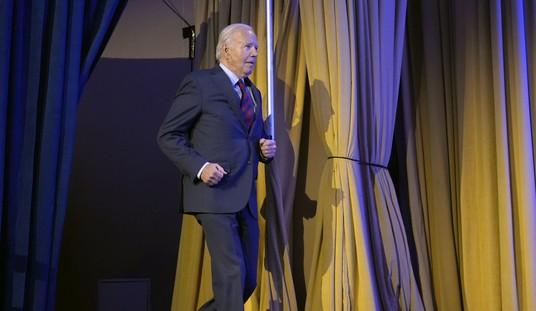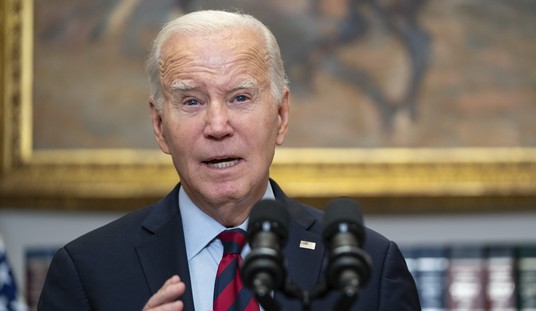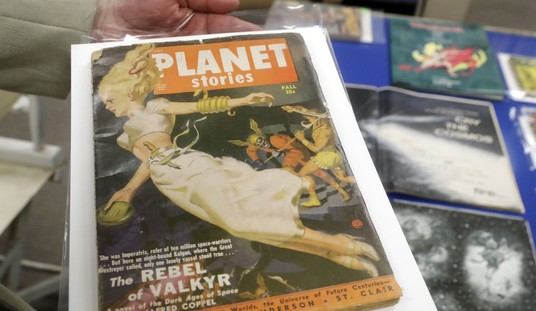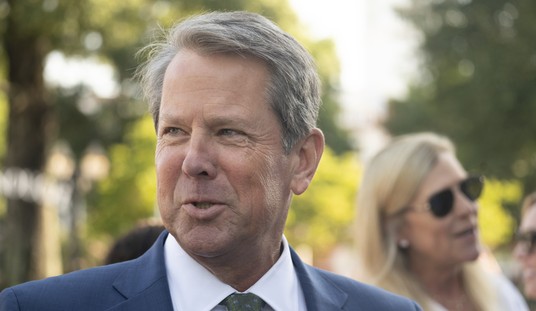If you listen to any paid spokesman for a police organization, or most any conservative pundit who opines on the subject of the police in America, you would get the idea that violence against police is up in this country. Way up. Worse than anyone can ever remember it being lately.
The executive director of the National Fraternal Order of Police suggested as much in his response to the shooting of Officer Joseph Gliniewicz last week. The President of the same organization suggested that police feel “under siege” suggesting (amazingly) that officers were being criticized for giving CPR (as opposed to shooting unarmed suspects or using excessive force):
“It’s almost a radical rhetoric causing officers to say, ‘Wait a second, I’m out here to serve the public. I saved a little old lady from a purse snatching. I gave CPR on the highway and saved somebody. Now, I’m a villain?'” said Chuck Canterbury, president of the national Fraternal Order of Police, a union representing more than 300,000 officers.
The head of the North Carolina FOP went a step farther in the “poor us” rhetoric department:
Cops are targets 24/7. As a policeman your heart goes out to that officer and his family and his department, absolutely doing nothing wrong gunned down simply because he was wearing a uniform. . . I don’ t know that in the last 35 years or so I’ve been in this business I’ve ever seen it this bad, in this kind of open season on police[.]
There’s one major problem with this rhetoric: it’s flatly untrue. There have been 24 police officers killed by attacks in the line of duty this year. This means that we are on pace for a total of 35 such deaths this year – which would represent the second lowest total ever, only slightly more than the all time low of 32 in 2013. Overall, policemen are still more likely to be killed in a traffic accident (due to the appallingly low rate at which police officers wear seat belts) than they are by firearms or any other kind of attack. And police attacks have continued to trend steadily downwards other than a small spike last year:
To put this into perspective, in 1973 the U.S. population was 65% of what it currently is (and the number of per capita police was roughly the same), but the number of police death due to firearms was roughly 500% of what it currently is.
What this means is, not only is it not worse than it’s ever been, it’s actually better than it’s ever been. Much better. While the number of traffic and “other” related deaths has remained relatively consistent, the number of firearm related deaths has gone way, way down. If you are a police officer, you are almost ten times less likely to get killed by firearms fire today than you were in the 1970s.
Being a police officer is now not in the top ten most dangerous occupations in the United States, and it is not even close. Police now have about 14 fatalities per 100,000 workers, whereas the tenth most dangerous occupation in the United States (mining) has about 22 fatalities per 100,000 workers. (Note: Trash collectors are over twice as likely to die on the job and commercial fishermen are almost 10 times as likely to die on the job.)
Here is what is especially grating about what the police PR machine is doing here. After the deaths of Eric Garner, Walter Scott, Freddie Gray and others, the police have insisted repeatedly that it is unfair of the public to use these highly publicized incidents to create a narrative about what they are doing, as an occupation. And maybe that’s a fair complaint. But then, almost immediately thereafter, these exact same people are using the highly publicized deaths of Officers Goforth and Glieniwicz to do the exact same thing. Observe the hypocrisy, as one FOP spokesman does both literally within the same paragraph:
“It’s a trifecta” that officers are facing, said Jim Pasco, executive director of the national Fraternal Order of Police. “There’s a hostile element within the community at large. There’s in many incidences a lack of support on the part of elected officials and police management. And there’s this ubiquitous social-media effort to discredit all police officers because of the extraordinarily rare misconduct by a very few.”
If Mr. Pasco wants and expects us all to believe that the misconduct that has created a lot of the anti-police sentiment isn’t representative of police as a whole, why isn’t he willing to acknowledge that the “community at large” isn’t hostile to the police, and that the inclination to shoot police officers is just as extraordinarily rare (and getting rarer), if not more so, than police misconduct itself?
I have an idea: if it’s a bad idea for citizens to stir up sentiment against the police based on the misconduct of a few, it’s an even worse idea for police to stir up sentiment against citizens for the same. And, I would imagine, it’s not exactly helpful to the recruitment of good police officers to create the false impression with the public that if you want to become a cop, you should be at all times prepared for being ambushed by crazies with guns.
The Blue Lives Matter movement arose in response to the perceived rhetorical and factual excesses of the Black Lives Matter movement. It’s disappointing (but not particularly surprising) to see them engaging in the same exact excesses.














Join the conversation as a VIP Member